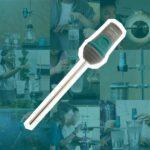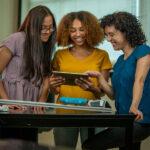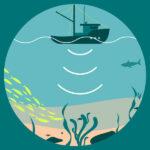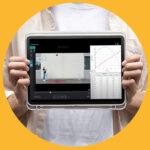
Sharing ideas and inspiration for engagement, inclusion, and excellence in STEM

Are you looking for effective ways to integrate three-dimensional learning into your science classroom? Our most recent white paper, Exploring the Data: A Comprehensive Review of Research on Probeware and Three-Dimensional Teaching, explores the latest research that highlights how probeware supports active, student-driven learning.
Probeware can play a pivotal role in creating opportunities for students to make sense of phenomena in the ways envisioned by the Next Generation Science Standards (NGSS) and standards aligned to A Framework for K–12 Science Education. Here are five ways probeware, such as Vernier sensors, supports the 3D learning framework.
1. Encouraging active learning through investigations
Probeware provides a hands-on, interactive way for students to engage with scientific concepts. By using these tools, students can actively conduct investigations, gather data, and observe results, making abstract concepts more concrete and understandable.
The impact of probeware on student motivation and interest, particularly in science subjects often perceived as “difficult, boring, and abstract,” is significant. One study showed that high school student interest and motivation in physics were significantly boosted with the introduction of probeware to physics classes, and similar trends have been reported in vocational schools as well as elementary and middle school classes.
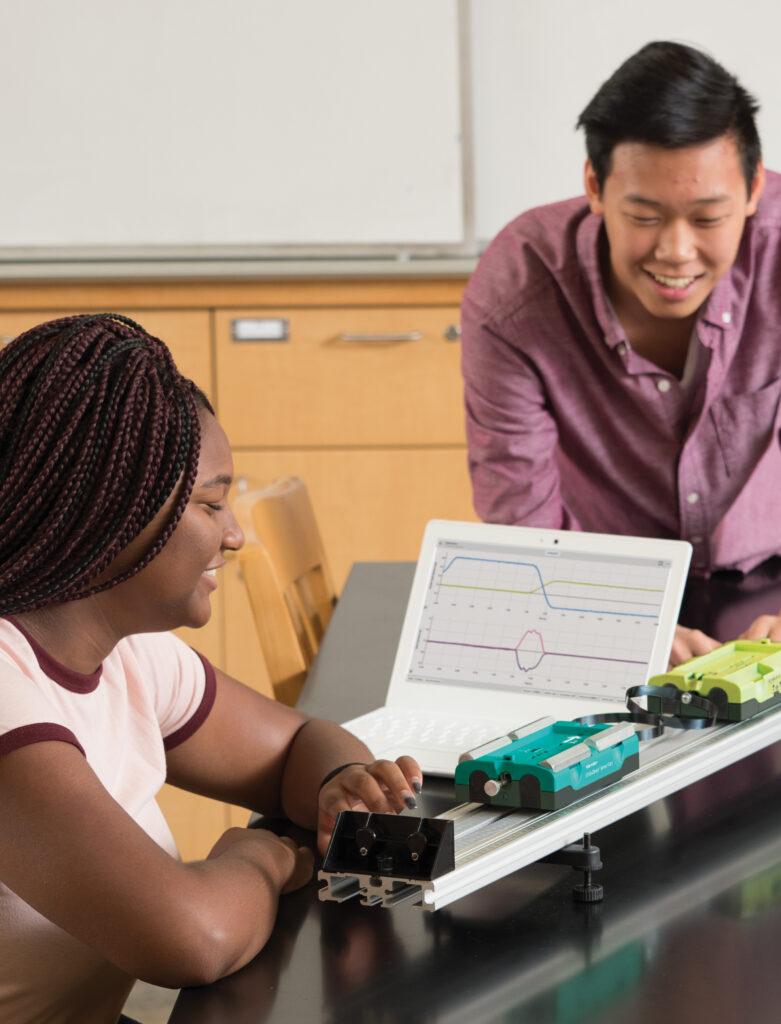
2. Facilitating real-time data collection
Probeware enables the collection of real-time data and the immediacy helps students make direct connections between the phenomena they are observing and the data they are collecting. When students see real-time data and can manipulate variables and observe the outcomes, it demystifies the subject matter and enhances their understanding.
Many educators who use Vernier probeware in their classroom have noted a deeper engagement and understanding when students watch an event and collect data simultaneously when compared to only reading a table of measurements in a textbook.
3. Enhancing understanding through visualization
Supporting software, such as Vernier Graphical Analysis®, includes visualization tools that help students analyze and interpret data. Graphs, charts, and other visual representations of data can make complex concepts more accessible and easier to understand.
In the research, probeware alongside software applications that graph and analyze data have been found to effectively improve students’ capacity to create and understand graphs.
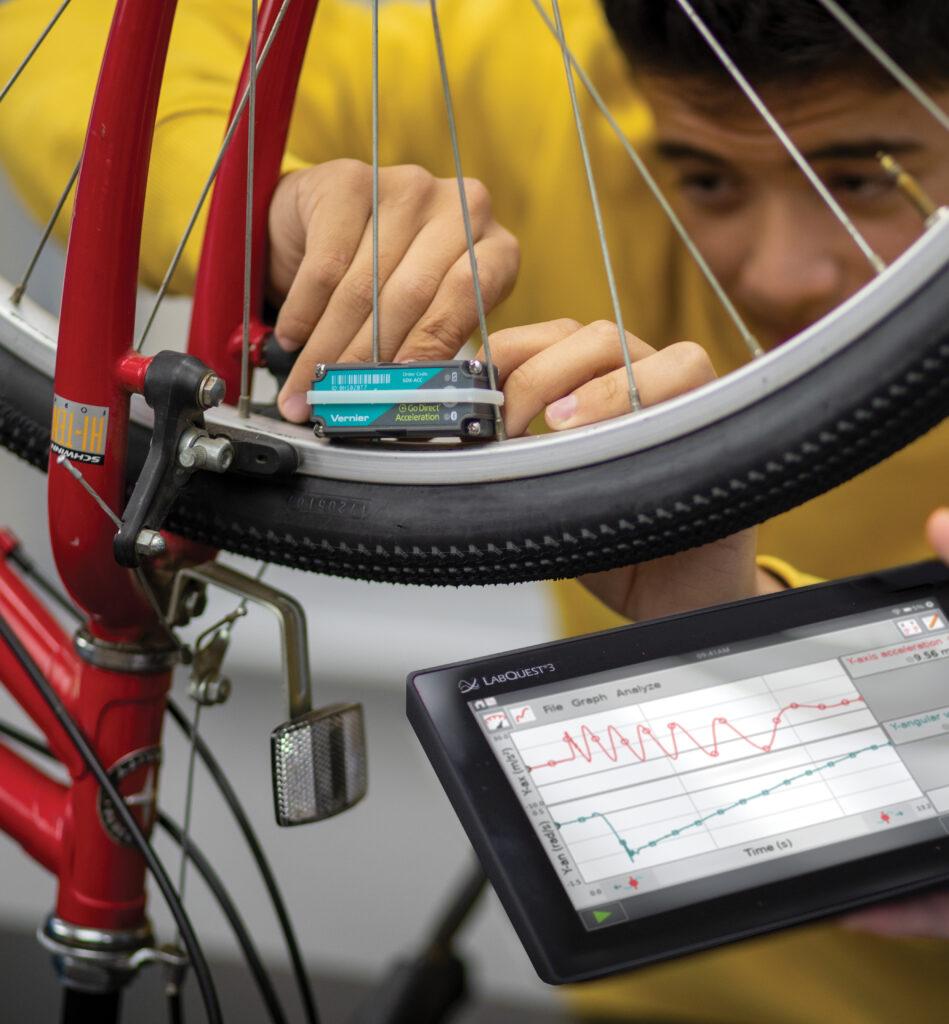
4. Promoting exploration of complex phenomena
With the ability to make accurate and precise measurements, students can explore phenomena that are otherwise not easily observable in a classroom setting. Probeware enables students to study processes that occur too quickly to be observed with the naked eye, too slowly to be observed during a single class period, or processes that occur in remote geographic areas—such as using data collection and analysis to model watershed activity.
In another study, researchers examined the impact of using mobile devices to collect data with fourth graders learning about the parts of the flower and the process of pollination and fertilization in the field—a topic that many students traditionally struggle with according to existing literature. Findings revealed that using mobile devices to collect data outdoors enhanced students’ conceptual understanding more than using traditional means of data collection, like note taking and sketching. Incorporating probeware not only improves conceptual understanding, but fosters a sense of curiosity and encourages a deeper exploration of scientific phenomena.
5. Supporting the development of scientific skills
Using probeware helps students develop important scientific skills, such as hypothesis testing, data analysis, and critical thinking. It provides students with rich opportunities for computational thinking in constructing explanations of observed phenomena.
For example, using the InSPECT curriculum and other Internet of Things (IOT) sensor systems, students are able to investigate real-world issues through contextualized investigations. Utilizing data from CO2 and light sensors in their classroom, students hypothesize why CO2 levels spike in their classroom to potentially unhealthy levels. They explore factors such as the number of students and staff present during the readings and the discrepancies in light levels across different classrooms. This process prompts students to question and explain the phenomena they observe using system models and computational thinking.
These kinds of investigations align well with the Framework’s emphasis on process skills and understanding the nature of scientific inquiry. Probeware supports these skills by adding precision and furthering students’ investigation of natural phenomena.
For more details on how probeware supports science learning aligned to the NGSS and the Framework, download the white paper. Questions? Reach out to us at support@vernier.com or call 888-837-6437.
Share this Article

Sign up for our newsletter
Stay in the loop! Beyond Measure delivers monthly updates on the latest news, ideas, and STEM resources from Vernier.

